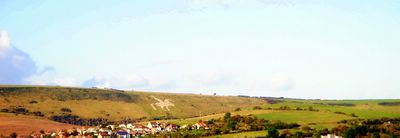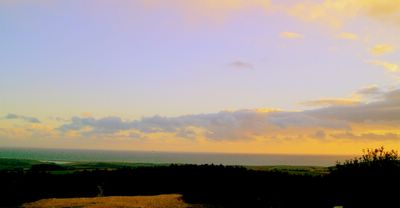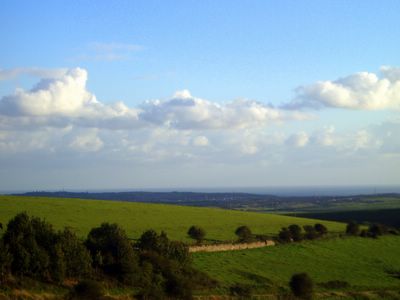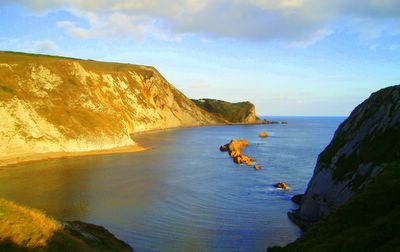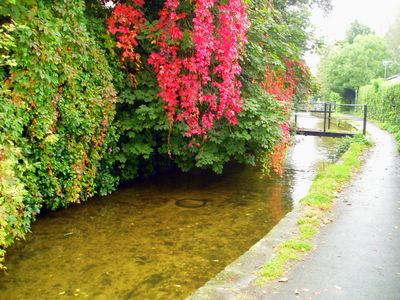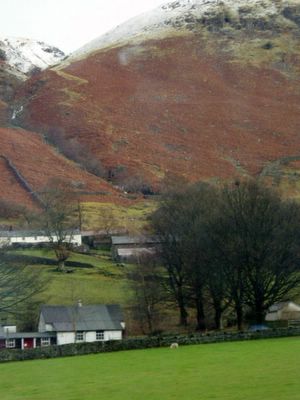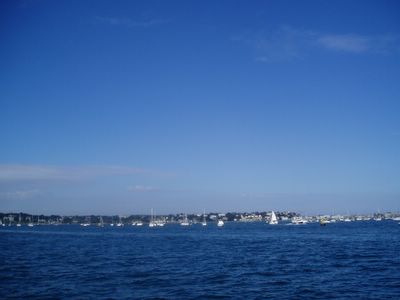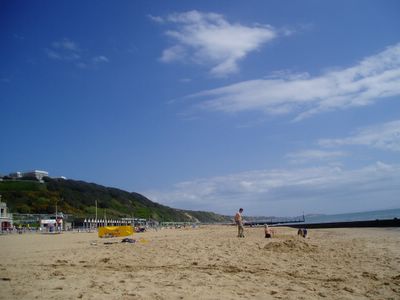
The word landscape as most westerners use it is completely entrenched in western notions of land, nature and art. It is generally only conceived of in terms of an emerging post-Renaissance dichotomy of nature vs. culture or pristine vs. mundane and contaminated. Alternatively, the genesis of the western concept of landscape is tied to the discovery of linear perspective and map-making. It is not true, however, that understandings of landscape, even within western culture, are necessarily formed around concepts of untouched nature or which locate the observer (as in the trope of the painted landscape) outside of the picture, the landscape itself. For many people, the dense mesh of city buildings is their landscape and their art may reflect this. For others, human intervention in the natural world may be seen as the ideal environment and "visual pleasure" may be brought about by views of cleared tracts of land juxtaposed with threatening wilderness. The actual word "Landscape" is derived from the Dutch, "Landschap" or German "'Landschaft' meaning a sheaf, a patch of cultivated ground, something small-scale that corresponded to a peasant's perception, a mere fragment of a feudal estate, an inset in a Breugel landscape. This usage had gone out of vogue by the eleventh century, replaced by words that corresponded to the larger political spaces of those with power - territoire, pays, domain. And then in the seventeenth and eighteenth centuries it re-emerged, tightly tied to a particular 'way of seeing', a particular experience, whether in pictures, extolling nature or landscaping an estate" (B. Bender in Landscape: Politics and Perspectives 1995:2). Through tracing the history of the term we come to see that even within the realm of art, it is tied to politics and power of conceptual organization, ownership and perspective. That landscape painting as form of representation was established in 15th century Italy and Flanders was due to new politics of vision. In fact, landscape, be it used to describe a genre of painting or the world we locate ourselves within, is never empty, never just a 'vista'. And, equally as significantly, never only experienced visually. When the term landscape refers to a static painting, weather and sky conditions are also important elements.
© 2004 onwards by Dr Himanshu Tyagi. All the photographs in this blog are copyright protected and can not be reproduced or stored in any medium without the written permission from Dr Himanshu Tyagi.
